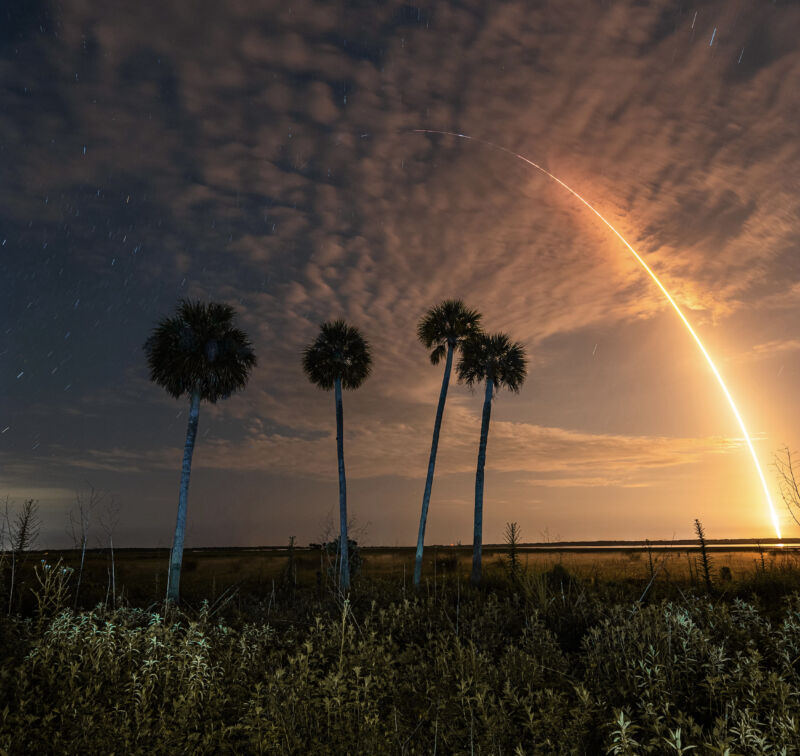A ground-based test of the Super Heavy rocket that is intended to boost a Starship upper stage into orbit ended in flames on Monday afternoon at SpaceX's launch site in South Texas. A fire burned in the vicinity of the pad, on and off, for more than an hour.
This is the first time SpaceX has tested a booster stage—this one bears the designation Booster 7—equipped with a full complement of 33 Raptor rocket engines. Monday's test was not intended to lead to a static fire test, during which the engines are briefly ignited, so seeing fire erupt from the aft end of the vehicle at 4:20 pm CT local time was a surprise.
The methane-fueled Raptor engine has a complicated sequence of events that must unfold precisely in order for it to ignite, and SpaceX was testing the "spin start" portion of this ignition sequence when the anomaly occurred. Something must have caused methane propellant to ignite, with the ambient oxygen in the air serving as an oxidizer, inside the vehicle.
SpaceX founder Elon Musk said on Twitter Monday evening that the test was "not good" and explained that the issue occurred during a simultaneous test of all the engines. "Going forward, we won’t do a spin start test with all 33 engines at once," he said.
Musk flew into Brownsville on Monday evening after the anomaly to assess the damage firsthand and determine a plan to move forward. Tweeting shortly after midnight, he said, "Base of the vehicle seems ok by flashlight. I was just out there about an hour ago. We shut down the pad for the night for safety. Will know more in the morning."
Those inspections will include assessing the integrity of the rocket's propellant tanks, the health of the Raptor rocket engines, and the status of the ground systems and the steel structure of the vehicle's massive launch tower.
Internally, SpaceX had been targeting a potential orbital launch attempt for the Super Heavy rocket and Starship upper stage in August, which would boost the upper stage to an altitude of about 250 km before the vehicle returned to Earth. The company has yet to get a formal launch license from the Federal Aviation Administration for this test.
However, it appears that technical issues with the massive rocket represent a bigger hurdle to reaching a launch. SpaceX clearly has a lot of work to do before the Super Heavy rocket is ready for a static fire test, which must be completed successfully—potentially multiple times—before any orbital launch attempt.
If Booster 7 cannot be salvaged, it would not be the end of the world. SpaceX has established an assembly line in South Texas where boosters and Starship vehicles can be built in a matter of months. Several are presently in various stages of work. The potential loss of 33 Raptor engines, however, would be more significant.
Listing image by NASASpaceflight.com



3175x175(CURRENT).thumb.jpg.b05acc060982b36f5891ba728e6d953c.jpg)

Recommended Comments
There are no comments to display.
Join the conversation
You can post now and register later. If you have an account, sign in now to post with your account.
Note: Your post will require moderator approval before it will be visible.